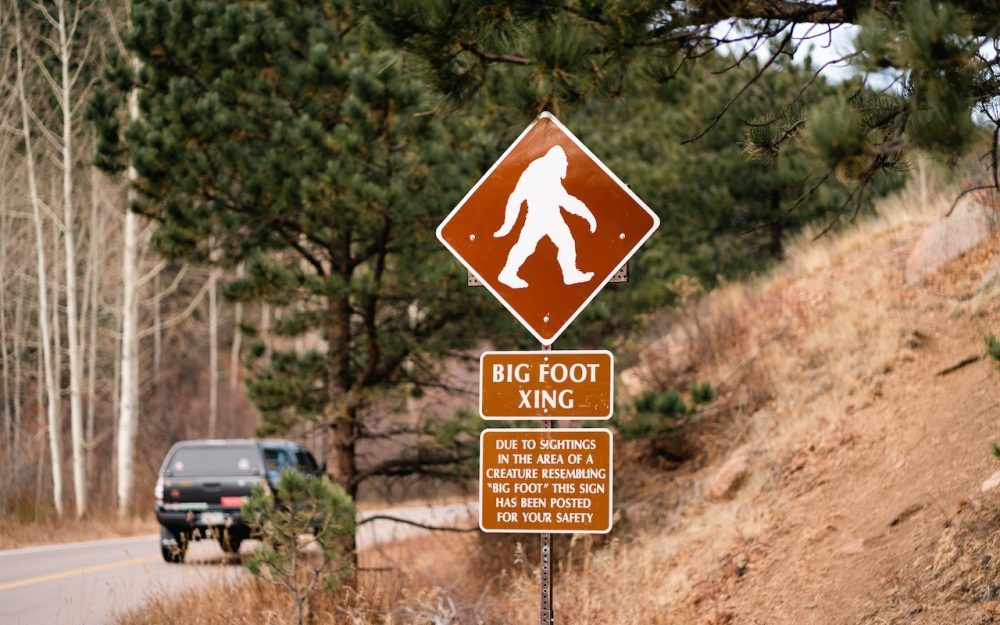Calling yourself a leader is easy. It’s leading in ways that others feel included, are able to take risks, and speak up without fear that it is hard. A recent McKinsey global survey makes this truth glaringly obvious. Evidence suggests that most leaders believe their workplace is psychologically safe. However, only 43% of employees indicate a positive team climate at work, only 30% see a reason to say something when they see something is wrong, and only 30% believe their opinion counts. Some leaders are more prepared to challenge their assumptions and accept this reality than others. In a fast-paced digital workplace, leaders accept silence and high employee turnover on their team as variables outside their direct influence. And, of course, the workplace is volatile and complex. Leaders must stay laser-focused on delivering results and being responsive or risk falling behind. But a daily focus on what is urgent and important traps leaders in bad habits that rarely pay off. Here is a survey to measure the level of psychological safety on your team and five actions to battle the myth of a psychologically safe workplace.
Benefits of a psychologically safe workplace
We all share a need to belong. Psychological safety is a condition when you feel included, able to learn, contribute, and provide critical feedback without fear of being embarrassed, excluded, or penalized. There are four levels of psychological safety:
Psychological Safety Level #1 Inclusion Safety.
We are constantly dividing the world between them and us. Inclusion safety creates a shared identity so that others are viewed as being in the same group.
Psychological Safety Level #2 Learner Safety.
This is feeling safe enough to experiment, ask questions, and fail as part of the learning process.
Psychological Safety Level #3 Contributor Safety.
Is participating as an active, full-fledged member of the team supported by autonomy and encouragement.
Psychological Safety Level #4 Challenger Safety.
This is the last stage at which others can provide constructive criticism and engage in productive conflict without fear of exclusion or retaliation. It is the stage at which individuals can innovate.
Evidence suggests that psychological safety leads to reduced costs and increased profitability from:
Increased innovation and quicker time-to-market
Ability to learn from mistakes and increased efficiency
Increased health and safety reporting and decreased risk
Higher employee engagement and lower employee turnover and absenteeism
Improved company brand reputation and ability to recruit
Psychological Safety Myth Buster #1: Gain Perspective
If you don’t know where you are going, any road will get you there. While the most important action is taking the first step toward improvement, creating a burning platform for change provides the motivation to take the first step.
A great way to gain perspective into psychological safety is by getting curious. You can use the following questions in a one-to-one meeting or as an anonymous pulse survey with a team. I would suggest asking for responses in the form of a rating scale versus simply yes or no.
Q1. I feel a sense of belonging within my team.
Q2. I am myself at work.
Q3. I am comfortable asking my leader about my work.
Q4. I am comfortable asking my peers for help when needed.
Q5. I offer advice to my peers.
Q6. I go above and beyond my job expectations.
Q7. I am comfortable suggesting ways of getting work done better.
Q8. I speak up without fear of retaliation.
Psychological Safety Myth Buster #2: Embrace Vulnerability
There is no one complete checklist of actions that leaders can take to show vulnerability in every situation. However, you can use the following behaviors derived from research and a short survey to determine your tendency to be vulnerable in difficult conversations.
Being yourself in difficult conversations.
Being transparent in conversations.
Taking risks and accepting uncertainty in difficult conversations.
Share your emotions with others in difficult conversations.
In this short video, Simon Sinek expands on the tension leaders face and how to show vulnerability in the workplace as a leader.
https://youtu.be/ht6Ion4cFxM
Psychological Safety Myth Buster #3: Express Appreciation
Expressing appreciation is a positive consequence and builds psychological safety. The following tips will help you get off to a great start with recognition and avoid costly mistakes:
Effective recognition is connected to profitable behaviors and is specific about what is praised. Don’t recognize the ordinary, so when you appreciate the excellent, it is meaningful.
The golden rule does not apply, so consider the platinum rule: do unto others as they would want to be done unto them. An excellent way to get to know how someone feels about recognition is to listen and observe what they like doing with their time away from work.
Rewarding the wrong behavior can have unintended consequences. For example, a distribution company rewarded employees for on-time performance and inadvertently encouraged risk-taking and unsafe practices. The leadership of an organization was pleased that the number of employees with active development plans had increased until an audit revealed that only 20% were well-written plans.
Start each day by focusing on an area of your business. Keep a list of when you find excellent performance and recognize an employee to track your progress.
Effectively using employee recognition brings out the best in employees and boosts retention and psychological safety.
Psychological Safety Myth Buster Activity #4: Participatory Decision-Making
How you make decisions moderates the degree of psychological safety on your team. The key is to use the appropriate decision-making style for the situation.
Recognizing that the more participatory decision-making styles you can use will build psychological safety. The model consists of 5 different styles, each with different levels of leader involvement. As you move down the list, employee involvement grows, and leader involvement diminishes.
Decide/Command: The leader makes the decision without consultation.
Consult Individually: The leader makes the decision after obtaining advice and involvement from an individual who has relevant knowledge or who is a key stakeholder.
Consult Group: The leader makes the decision after obtaining advice and involvement from others who have relevant knowledge or will be impacted by the decision.
Facilitate: A decision is made by the group, with the leader directly facilitating the process.
Delegate: A decision is made by the group without directly involving the leader in the decision process.
Psychological Safety Myth Buster Activity #5: Avoid Blame
Leaders who are willing to learn and avoid blame listen well. Here are some phrases you can use that will either keep the conversation going positively or likely kill psychological safety.
Positive Phrases:
Keep talking
Keep going
I am glad you brought that up
How can we build on that
That’s an interesting idea
Let’s try it
Conversation Killers:
The problem with that is
It’s not a bad idea, but
You haven’t considered
We’ve tried it before
You don’t understand the problem
Has anyone else ever tried that
What challenges are you facing leading in ways that create psychological safety? What is the cost to you and your business if you throw in the towel on psychological safety?
References
Clark. (2020). The 4 stages of psychological safety : defining the path to inclusion and innovation (First edition.). Berrett-Koehler Publishers, Incorporated.
Doolittle, J. (2023). Life-changing leadership habits: 10 Proven principles that will elevate people, profit, and purpose. Organizational Talent Consulting.
Edmondson, A. & Hugander, P. (2021). 4 Steps to boost psychological safety at your workplace. Harvard Business Review.
Wood, W., Tam, L., & Witt, M. G. (2005). Changing circumstances, disrupting habits. Journal of Personality and Social Psychology, 88(6), 918-933. https://doi.org/10.1037/0022-3514.88.6.918





